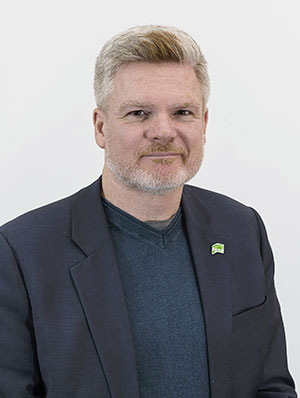“To ensure the health and safety of students and staff members, huge efforts were deployed to guarantee a safe back-to-school season. The organization of teaching was upended, and this new employment reality raises many worries,” states the FPEP-CSQ1 president Stéphane Lapointe.
Following these major changes in the working conditions of private education staff, the FPEP-CSQ conducted a quick poll to know the new working reality of its members and make it known. In total, 21 unions representing about 1,500 workers, across all job categories, described the increased workload created by complying with health guidelines as well as the remote teaching and follow-up the students receive.
An unprecedented planning

Who could’ve imagined, only a few months ago, that teachers would have to give in-person classes, all the while offering students the possibility to follow what is taught remotely and in real time?
Yet, 47% of the people surveyed by the FPEP-CSQ say they received instructions from their educational institution’s management to offer simultaneous remote teaching for students. For 20% of the people surveyed, the remote teaching duty will be added to the job done in person, since it will need to be done outside of the scheduled period and in the way chosen by the teacher. At the time the poll was done, at the end of August 2020, 33% of the surveyed personnel still had no indication about the situation or nothing had yet been planned.
Technological tools and worries
Stéphane Lapointe explains that, in the current health emergency context, the accelerated (or imposed) deployment of technological tools requires even more that boundaries be set for their use, so as to respect the rights and privacy of the workers.
“This emergency nature doesn’t justify all the exceptional measures taken by management, he says. The use of technological tools is vital for some teaching duties, but, as long as the terms of use, collection and monitoring of data aren’t clearly defined, we need to remain vigilant in our work environments.”
Improve equipment distribution
Health and protection equipment was made available in a satisfactory way, according to 83% of respondents. Adjustments are nonetheless still requested to get to full satisfaction. The shortage of protection equipment and the lack of hand disinfection stations, for example, are among the worries most often mentioned.
“Many parents recognized the amazing work of the teaching, professional and support staff. When some of our members were totally reinventing their way of working remotely, others were suffering from unjustified layoffs. This spring will forever be remembered.”
– Stéphane Lapointe, FPEP-CSQ president
Health or wages: an unacceptable choice
The shortage of personnel in the education network calls into question the preventative withdrawals of some workers. Sadly, the priority is too often given to the shortage rather than to the pandemic, regrets the FPEP-CSQ president.
“While we thought the rules were clear to ensure the protection of those whose health condition puts them at risk, the return to class of many workers becomes mandatory. Choosing between your health or your wages, that’s the new forced choice! The government has to act so that the protection of the public’s health doesn’t happen on the backs of the workers,” argues Stéphane Lapointe.
Interventions with the Ministère
In a context where everything is unheard of, the extension of some duties’ duration, the work overload and the absence of additional resources make the job of teaching staff even more remarkable.
“Multiple interventions have been made in the last weeks with the Ministère de l’Éducation et de l’Enseignement supérieur to convey the FPEP-CSQ members’ worries. We will not back down when faced with the weakening of our members’ protections, the disruption imposed on our working conditions and on the respect of our professions’ gains,” concludes Stéphane Lapointe.
1 Fédération du personnel de l’enseignement privé.
